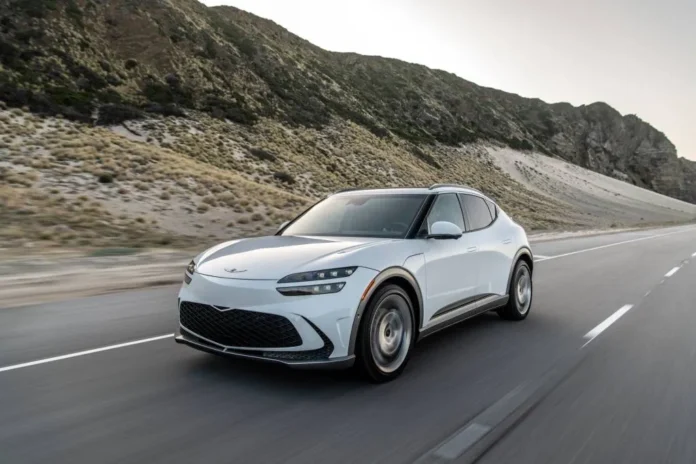But recent trends suggest that more-sustainable electric arc furnaces (EAF) are starting to replace basic oxygen furnaces, helping slash emissions. In 2023, nearly all newly announced steelmaking capacity — 93 percent — planned to use EAFs, per the Global Energy Monitor report.
As it stands, about 32 percent of global steelmaking happens in these lower-emissions electric furnaces, but that’s set to rise to more than 36 percent by the end of the decade as more EAFs come online and more oxygen furnaces retire, per the report. That growth rate nearly puts the industry on track to meet the International Energy Agency’s target for EAFs to make up 37 percent of steelmaking by 2030.
The picture is less clear for iron production, the step in the steelmaking process that is responsible for the vast majority of carbon emissions.
More than 90 percent of the world’s iron is still made in extremely dirty coal-based blast furnaces. The primary alternative to these furnaces, direct reduction iron (DRI), is beginning to gain ground. But coal-based blast furnace capacity is still being built faster than DRI capacity.
It’s also unclear to what extent planned and existing DRI capacity will decrease ironmaking’s carbon footprint. While the tech can use green hydrogen to create iron with far lower carbon emissions, the hydrogen industry is still in early stages, and DRI capacity online today typically uses planet-warming fossil gas. The IEA calls for 5 percent of global ironmaking capacity to come from hydrogen DRI by 2030 and 44 percent by 2050.
Still, the steelmaking industry is beginning to move in the right direction, giving experts a “cautious optimism” that the massive — and massively polluting — sector can eventually remake itself in a fossil-free form.

Source link
#Chart #Steelmaking #starting #electric



![Hyundai’s electric hot hatch spotted out in the wild for the first time [Images] Hyundai’s electric hot hatch spotted out in the wild for the first time [Images]](https://ev-magazine.com/wp-content/uploads/2025/12/1766723605_Hyundais-electric-hot-hatch-spotted-out-in-the-wild-for-324x160.jpeg)